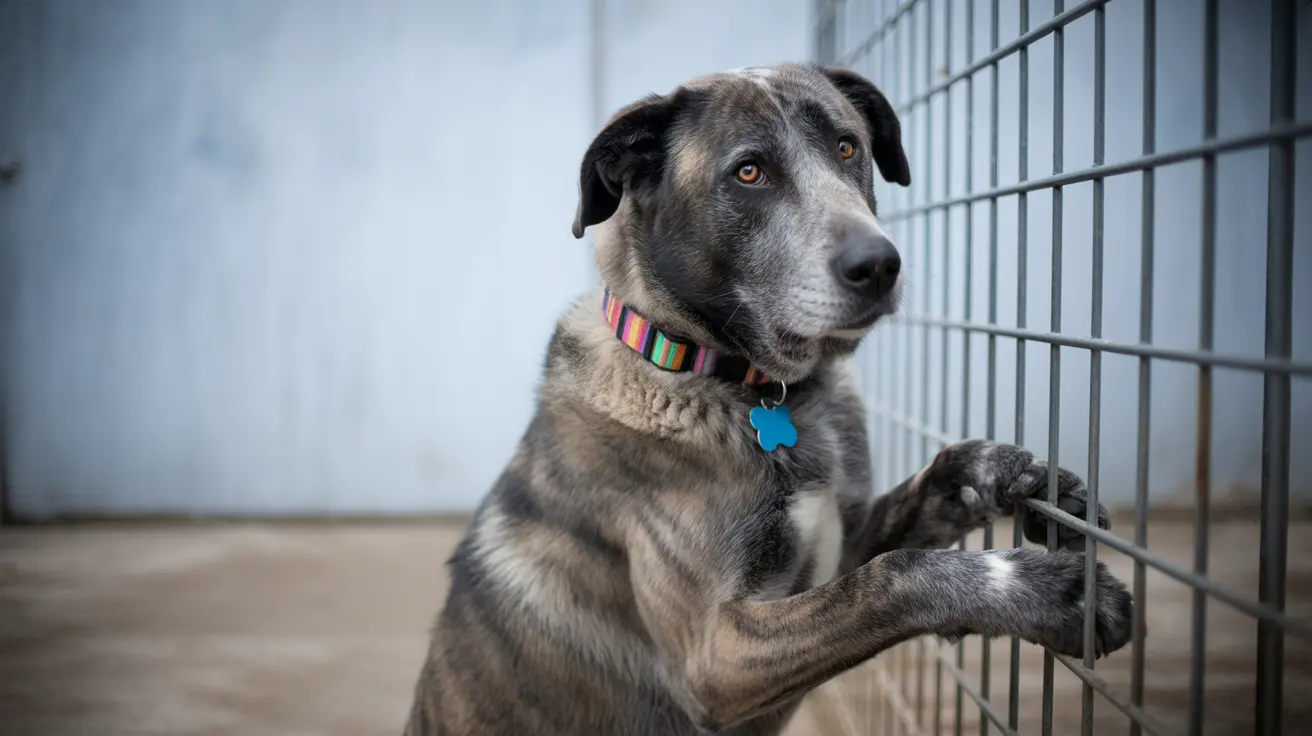Understanding How Dogs Control Their Tails
When you see a dog wagging its tail, it's easy to assume they're doing it on purpose—maybe to greet you, show excitement, or signal happiness. But the truth about tail control in dogs is more nuanced. While dogs do have muscles that allow them to move their tails with some precision, not every wag or twitch is a deliberate act.
The Role of Tail Wagging in Communication
Tail wagging is one of the most important ways dogs communicate. It's not just about joy—dogs use their tails to express a wide spectrum of emotions and intentions. The position, speed, and even direction of the wag all send specific signals:
- High, loose wag: Happiness, excitement, or confidence.
- Neutral/extended tail: Calmness or curiosity.
- Low/tucked tail: Submission, worry, or fear.
- High and stiff (slow wag): Dominance or alertness.
Certain breeds carry their tails differently by default (think huskies or pugs), so it's important to consider breed when interpreting these signals.
Puppies and the Development of Tail Control
Puppies start wagging their tails around three to four weeks old. This behavior is partly instinctive but also learned—young dogs observe older canines and mimic what they see. Over time, they gain better muscular control and begin using their tails more effectively as social tools.
The Mechanics: Voluntary vs. Reflexive Movements
Dogs possess muscles that let them move their tails side to side, hold them up or down, wag at different speeds, and even stop mid-wag. However, while some movements are voluntary (like holding the tail high), many are automatic responses to emotions—much like how people might smile without thinking when they're happy or frown when upset.
- Voluntary movements: Adjusting position for balance or signaling intent.
- Reflexive/emotional movements: Wagging triggered by excitement, fear, anxiety, etc.
This blend means that although dogs can consciously move their tails in certain situations, most wags happen subconsciously as emotional reactions unfold.
The Nuances: Speed and Direction Matter
The way a dog wags its tail offers even more clues about what they're feeling:
- Fast/animated wag: Excitement or arousal.
- Slow wag: Uncertainty or anxiety.
- Short/stiff wags: Tension or warning signs.
- Sweeping/circular wags: Joyful greetings (sometimes called "helicopter" wags).
A fascinating detail: research shows that the direction of a dog's tail wag has meaning too. Wags biased to the right often signal positive feelings (like seeing a friend), while left-biased wags can indicate stress or discomfort. Other dogs pick up on these cues as well—right-sided wags relax them; left-sided ones make them cautious.
The Impact of Tail Shape and Length
A dog's ability to communicate through its tail depends on its shape and length. Long-tailed breeds are easier for other animals (and people) to read. Dogs with short or docked tails sometimes compensate by moving their whole hindquarters. Even tailless breeds will try to signal happiness with whatever motion they can muster!
Tails as Part of the Bigger Picture
Tails aren't the only tool in a dog's communication toolkit—they're just one piece of an intricate puzzle that includes ear position, posture, facial expressions, and vocalizations. By learning how all these signals fit together, you can better understand your dog's emotional state and intentions (and avoid misunderstandings).
The Science: How Much Is Under Conscious Control?
This question still puzzles scientists. While we know dogs have muscular control over their tails—and can sometimes choose how they display them—many movements are tied directly to emotional centers in the brain rather than conscious thought. Some researchers believe domestication has shaped both the frequency and expressiveness of tail wagging in dogs compared to wild canines. There's also speculation that rhythmic wagging appeals to human preferences for friendly pets—but more research is needed here.
Summary: What Does This Mean for Dog Owners?
If you've ever wondered whether your dog is "waving hello" on purpose—the answer is complicated! Dogs can move their tails intentionally at times but most wags are spontaneous reactions rooted in emotion rather than conscious choice. Understanding this helps you interpret your pet's body language more accurately—and deepens your bond with your canine companion.





